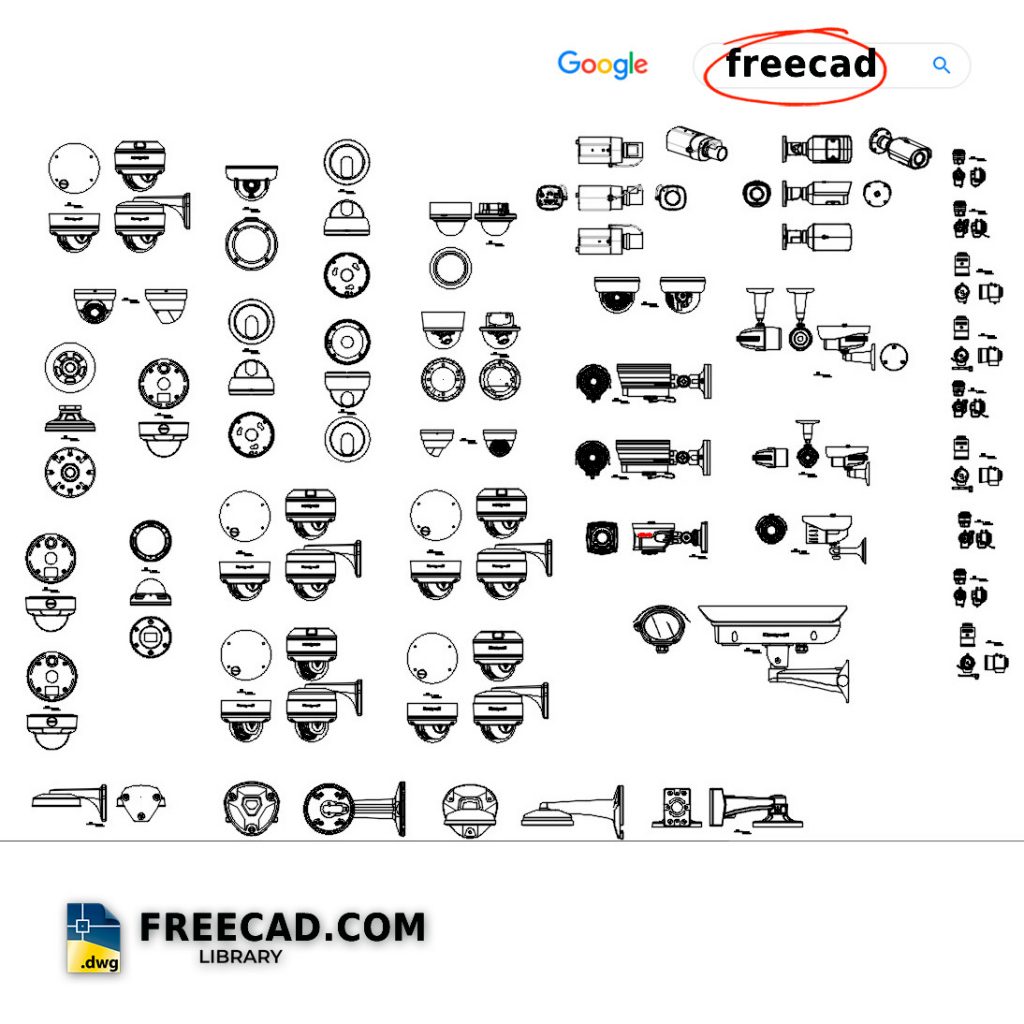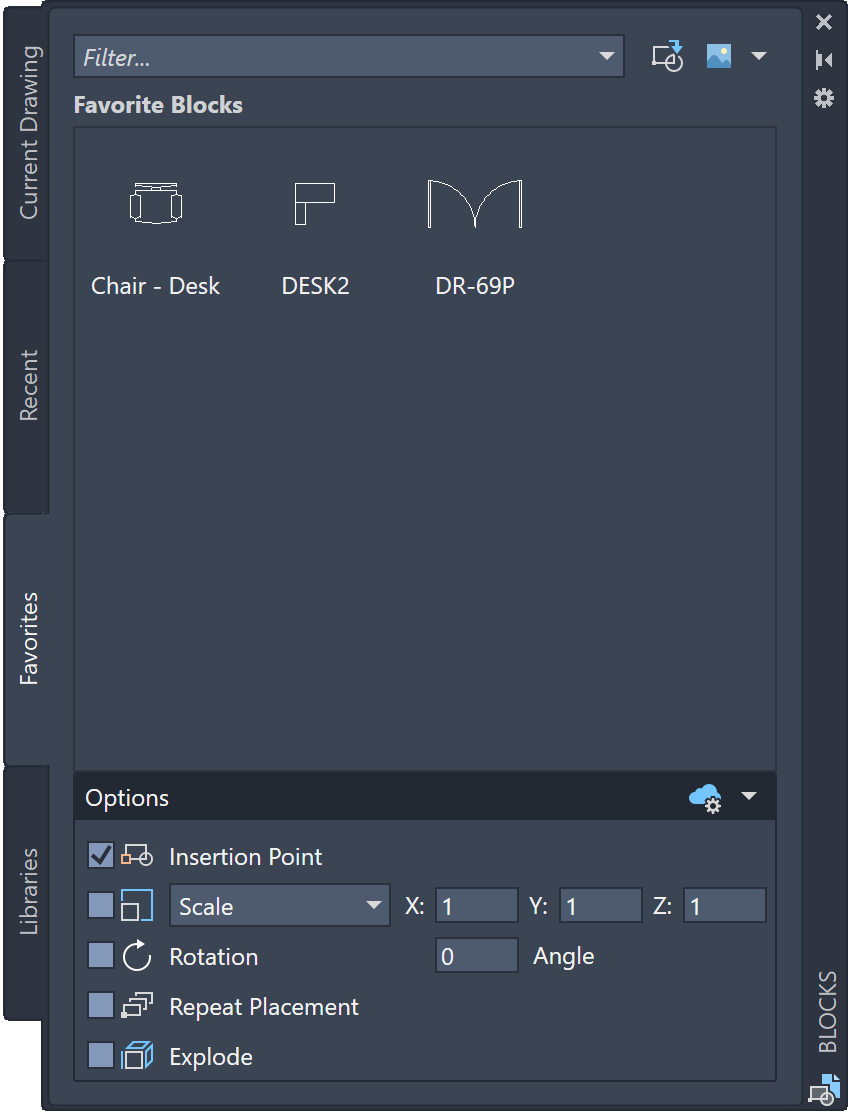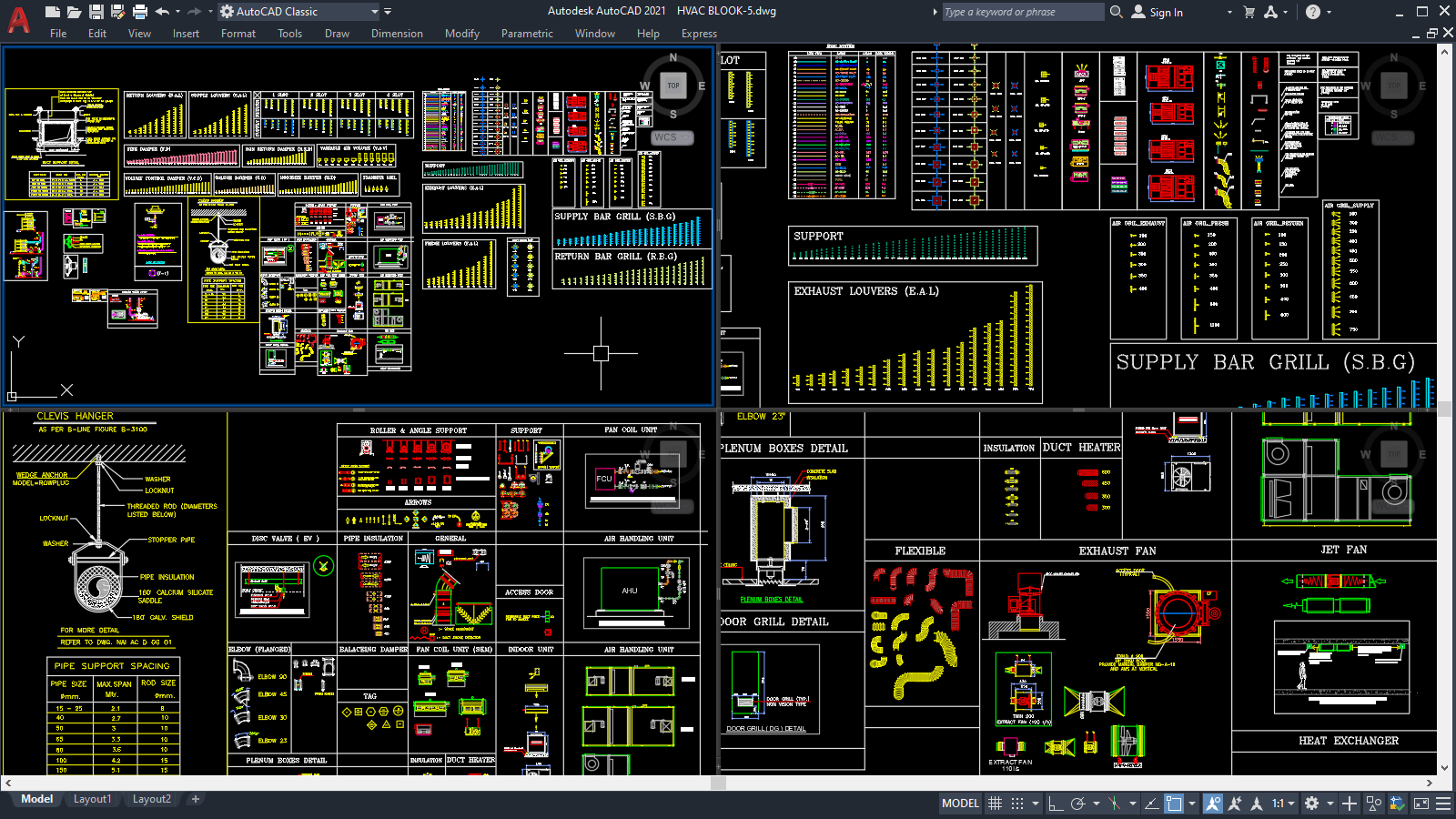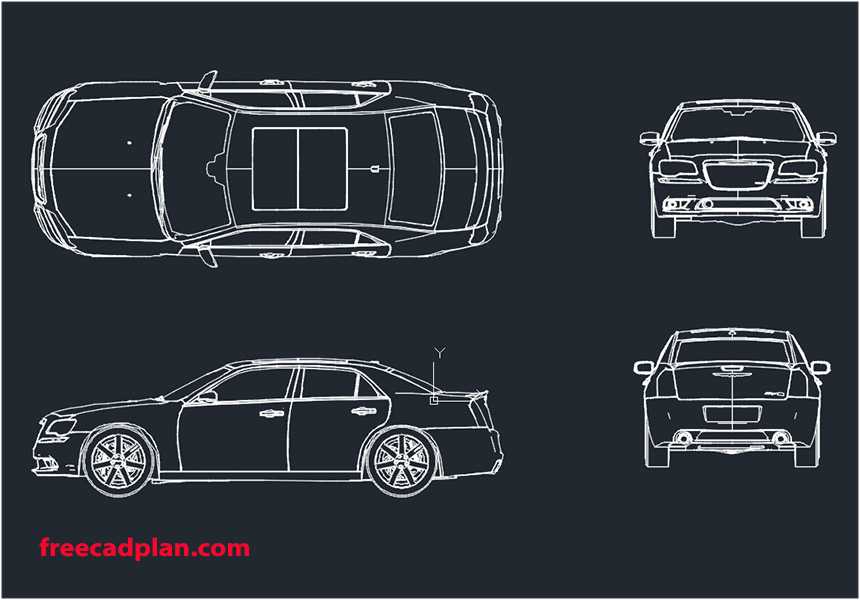

vl-string-position - Looks for a character with the specified Unicode code in a string.vl-string-mismatch - Returns the length of the longest common prefix for two strings, starting at specified positions.vl-string-elt - Returns the Unicode representation of the character at a specified position in a string.vl-string->list - Converts a string into a list of Unicode character codes.vl-list->string - Combines the Unicode characters associated with a list of integers into a string.
 vl-filename-mktemp - Calculates a unique file name to be used for a temporary file. vl-file-systime - Returns last modification time of the specified file. vl-file-size - Determines the size of a file, in bytes.
vl-filename-mktemp - Calculates a unique file name to be used for a temporary file. vl-file-systime - Returns last modification time of the specified file. vl-file-size - Determines the size of a file, in bytes. 
 vl-file-directory-p - Determines if a file name refers to a directory. vl-file-copy - Copies or appends the contents of one file to another file. vl-directory-files - Lists all files in a given directory. substr - Returns a substring of a string. strlen - Returns an integer that is the number of characters in a string. read-line - Reads a string from the keyboard or from an open file, until an end-of-line marker is encountered. read-char - Returns the integer representing the Unicode character read from the keyboard input buffer or from an open file. When the argument isn't provided, the file is assumed to contain a multibyte character set (MBCS) which is the legacy behavior. A new optional argument has been added which allows for the specification of the character encoding to be used when reading/writing the file. open - Opens a file for access by the AutoLISP I/O functions. load - Evaluates the AutoLISP expressions in a file. chr - Converts an integer representing a Unicode character code into a single-character string. ascii - Returns the conversion of the first character of a string into its Unicode character code (an integer). These functions were updated to support Unicode character strings/codes: This bug has been fixed: Lisp bug with strcase where some characters are not handled as expected:Ĭommand: (strcase "AÁBCČDĎEÉĚFGHIÍJKLMNŇOÓPQRŘSŠTŤUÚŮVWXYÝZŽ" T) The Registry has changed from "R23.1" to "R24.0". API and more for Programmersįor developers, this is an API-breaking release.įor LISP and VBA, most all apps should work on AutoCAD 2021 without change. Many functions related to working with strings only supported the multibyte character set (MBCS) which caused problems with functions that relied on knowing the length of a character or that returned the length of several characters in a string. Visual LISP IDE to Visual Studio Code Feature Access Comparison (AutoLISP/ VS Code) AutoLISP Unicode SupportĪutoLISP in AutoCAD 2020-based and earlier products didn't fully support Unicode characters. Execute AutoLISP code statements and AutoCAD commands in the Debug Consoleįor information on getting started with VS Code and the AutoCAD AutoLISP Extension, see Getting Started with Visual Studio Code. Add watches and breakpoints while debugging a LSP file. Format all or selected code statements in a LSP file. Create and modify LSP files using features such as Autocomplete and Code Snippets. AutoLISP Extension for Microsoft Visual Studio (VS) CodeĪ new AutoLISP extension was released for use with VS Code that allows you to edit and debug AutoLISP source (LSP) files with AutoCAD. LISPSYS - Controls the default AutoLISP development environment started with the VLISP command. Trimming with Quick mode, using a freehand selection for the wall lines and two fence points for the doorway, trims or erases the objects as required. Selected objects that cannot be trimmed are deleted instead.įor example, it's not apparent in the illustration below whether the two wall lines continuing upward and the two lines blocking the doorway are either individual line segments and need to be erased, or part of longer lines that need to be trimmed. Start a fence selection by clicking two points that define a segment crossing through the objects. Start a freehand selection by holding down the left mouse button and dragging the cursor through one or more objects. The default options for selecting the segments to be trimmed or extended are individual selection, freehand selection, and two-point fence selection. After you start the TRIM or EXTEND commands, simply select the objects to be trimmed or extended. Instead of having to first select boundaries for the Trim and Extend commands, the default Quick mode selects all potential boundaries by default.
vl-file-directory-p - Determines if a file name refers to a directory. vl-file-copy - Copies or appends the contents of one file to another file. vl-directory-files - Lists all files in a given directory. substr - Returns a substring of a string. strlen - Returns an integer that is the number of characters in a string. read-line - Reads a string from the keyboard or from an open file, until an end-of-line marker is encountered. read-char - Returns the integer representing the Unicode character read from the keyboard input buffer or from an open file. When the argument isn't provided, the file is assumed to contain a multibyte character set (MBCS) which is the legacy behavior. A new optional argument has been added which allows for the specification of the character encoding to be used when reading/writing the file. open - Opens a file for access by the AutoLISP I/O functions. load - Evaluates the AutoLISP expressions in a file. chr - Converts an integer representing a Unicode character code into a single-character string. ascii - Returns the conversion of the first character of a string into its Unicode character code (an integer). These functions were updated to support Unicode character strings/codes: This bug has been fixed: Lisp bug with strcase where some characters are not handled as expected:Ĭommand: (strcase "AÁBCČDĎEÉĚFGHIÍJKLMNŇOÓPQRŘSŠTŤUÚŮVWXYÝZŽ" T) The Registry has changed from "R23.1" to "R24.0". API and more for Programmersįor developers, this is an API-breaking release.įor LISP and VBA, most all apps should work on AutoCAD 2021 without change. Many functions related to working with strings only supported the multibyte character set (MBCS) which caused problems with functions that relied on knowing the length of a character or that returned the length of several characters in a string. Visual LISP IDE to Visual Studio Code Feature Access Comparison (AutoLISP/ VS Code) AutoLISP Unicode SupportĪutoLISP in AutoCAD 2020-based and earlier products didn't fully support Unicode characters. Execute AutoLISP code statements and AutoCAD commands in the Debug Consoleįor information on getting started with VS Code and the AutoCAD AutoLISP Extension, see Getting Started with Visual Studio Code. Add watches and breakpoints while debugging a LSP file. Format all or selected code statements in a LSP file. Create and modify LSP files using features such as Autocomplete and Code Snippets. AutoLISP Extension for Microsoft Visual Studio (VS) CodeĪ new AutoLISP extension was released for use with VS Code that allows you to edit and debug AutoLISP source (LSP) files with AutoCAD. LISPSYS - Controls the default AutoLISP development environment started with the VLISP command. Trimming with Quick mode, using a freehand selection for the wall lines and two fence points for the doorway, trims or erases the objects as required. Selected objects that cannot be trimmed are deleted instead.įor example, it's not apparent in the illustration below whether the two wall lines continuing upward and the two lines blocking the doorway are either individual line segments and need to be erased, or part of longer lines that need to be trimmed. Start a fence selection by clicking two points that define a segment crossing through the objects. Start a freehand selection by holding down the left mouse button and dragging the cursor through one or more objects. The default options for selecting the segments to be trimmed or extended are individual selection, freehand selection, and two-point fence selection. After you start the TRIM or EXTEND commands, simply select the objects to be trimmed or extended. Instead of having to first select boundaries for the Trim and Extend commands, the default Quick mode selects all potential boundaries by default.








 0 kommentar(er)
0 kommentar(er)
